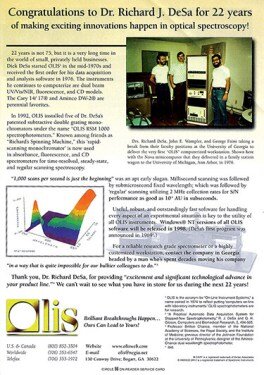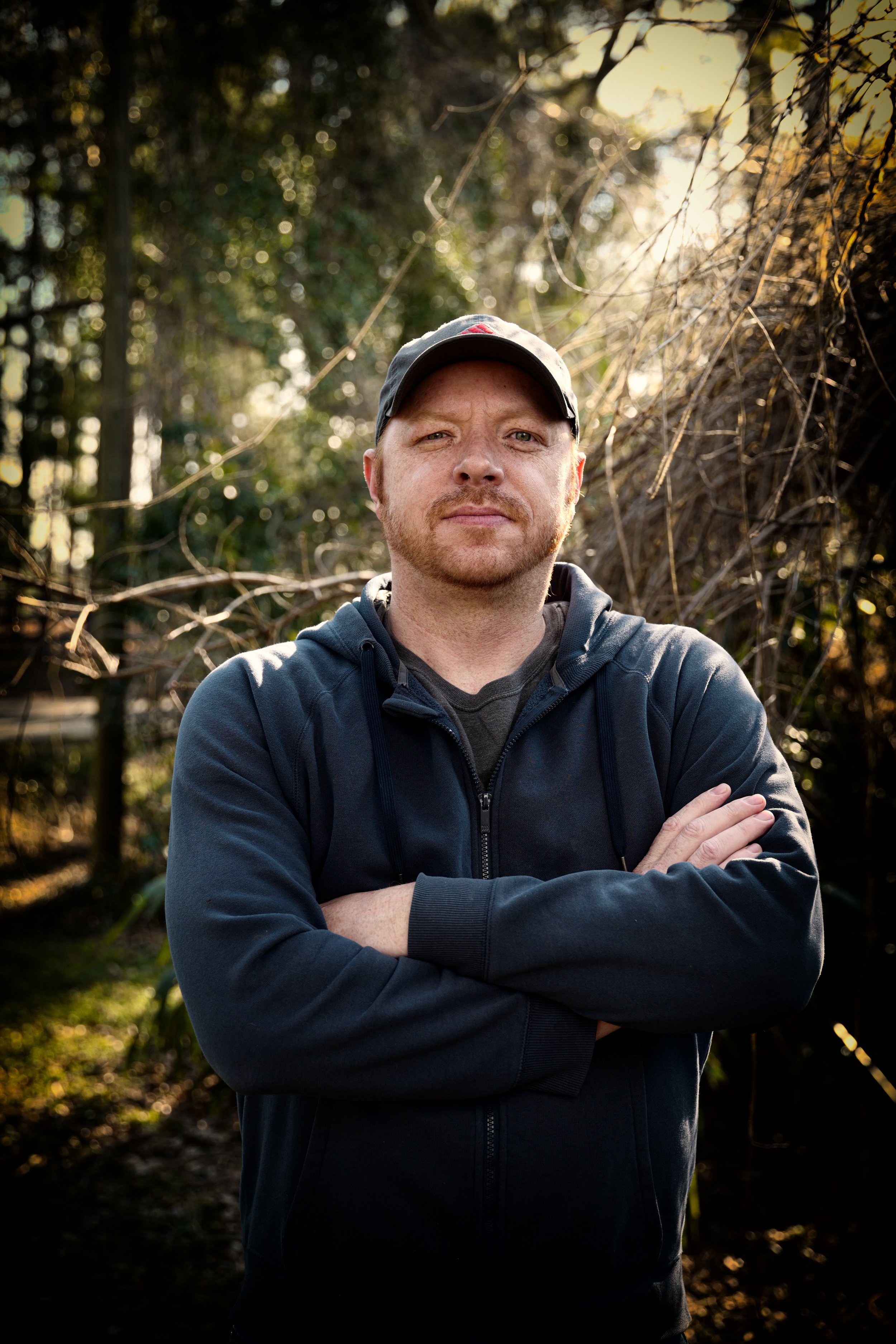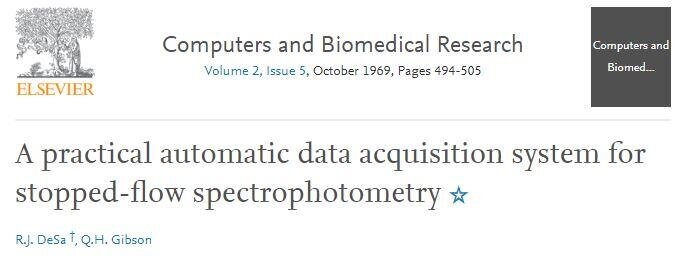The Only Guide for Circularly Polarized Luminescence
The Only Guide for Circularly Polarized Luminescence
Blog Article
Getting The Spectrophotometers To Work
Table of ContentsUv/vis/nir Fundamentals ExplainedCircularly Polarized Luminescence - The FactsNot known Details About Uv/vis/nir About Uv/visUv/vis/nir Can Be Fun For Anyone

Spectrophotometry is a tool that hinges on the quantitative analysis of particles depending on how much light is soaked up by colored substances.
8 Simple Techniques For Circular Dichroism
A spectrophotometer is typically used for the measurement of transmittance or reflectance of solutions, transparent or nontransparent solids, such as refined glass, or gases. Lots of biochemicals are colored, as in, they soak up visible light and for that reason can be determined by colorimetric treatments, even colorless biochemicals can frequently be converted to colored compounds ideal for chromogenic color-forming reactions to yield substances suitable for colorimetric analysis.: 65 Nevertheless, they can also be developed to determine the diffusivity on any of the listed light varieties that typically cover around 2002500 nm using various controls and calibrations.
An example of an experiment in which spectrophotometry is used is the determination of the stability constant of an option. A certain chemical reaction within a service may take place in a forward and reverse direction, where reactants form items and products break down into reactants. Eventually, this chemical response will reach a point of balance called a stability point.
The Single Strategy To Use For Spectrophotometers
The quantity of light that passes through the solution is a sign of the concentration of certain chemicals that do not allow light to go through. The absorption of light is due to the interaction of light with the electronic and vibrational modes of molecules. Each kind of molecule has a specific set of energy levels related to the makeup of its chemical bonds and nuclei and therefore will soak up light of specific wavelengths, or energies, resulting in special spectral residential or commercial properties.
The use of spectrophotometers covers different clinical fields, such as physics, materials science, chemistry, biochemistry. spectrophotometers, chemical engineering, and molecular biology. They are commonly used in lots of industries including semiconductors, laser and optical production, printing and forensic examination, in addition to in labs for the study of chemical compounds. Spectrophotometry is frequently used in measurements of enzyme activities, decisions of protein concentrations, determinations of enzymatic kinetic constants, and measurements of ligand binding reactions.: 65 Eventually, a spectrophotometer has the ability to determine, depending upon the control or calibration, what substances exist in a target and exactly just how much through computations of observed wavelengths.
This would come as a solution to the formerly produced spectrophotometers which were not able to absorb the ultraviolet correctly.
Indicators on Spectrophotometers You Should Know
It would be discovered that this did not give satisfying results, for that reason in Design B, there was a shift from a glass to a quartz prism which permitted for much better absorbance results - circularly polarized luminescence (https://www.bitchute.com/channel/ZeGQl0AaiFBC/). From there, Design C was born with a change to the wavelength More Info resolution which wound up having three units of it produced
It irradiates the sample with polychromatic light which the sample soaks up depending upon its residential or commercial properties. It is sent back by grating the photodiode range which detects the wavelength area of the spectrum. Ever since, the creation and execution of spectrophotometry gadgets has increased exceptionally and has actually become one of the most innovative instruments of our time.

Not known Facts About Spectrophotometers
The grating can either be movable or repaired.
In such systems, the grating is repaired and the strength of each wavelength of light is measured by a different detector in the range. When making transmission measurements, the spectrophotometer quantitatively compares the portion of light that passes through a recommendation option and a test solution, then electronically compares the strengths of the two signals and calculates the percentage of transmission of the sample compared to the reference standard.

Report this page